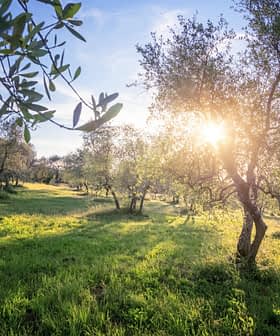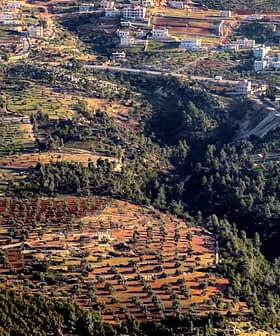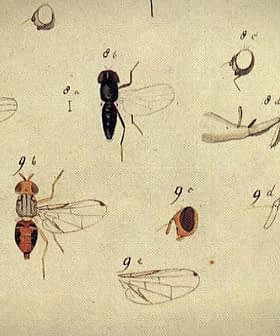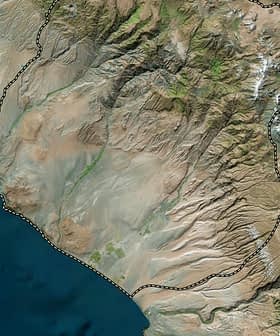Smart System Identifies Olive Fly's Flutter
A new technology would allow olive producers to identify when the olive fruit fly is present in their groves and react accordingly.
A new smart system for identifying the olive fruit fly through bio-acoustic methods has been introduced by Citoliva and Inoleo, allowing data to be collected and analyzed easily. The system, which costs €600 per hectacre, has the potential to significantly reduce the energy consumption involved in monitoring for the olive fruit fly and improve pest control measures.
A new smart system for the bio-acoustic identification of the olive fruit fly has been unveiled at a technology conference.
The sensor works by comparing the spectral frequency of the flutter of the insect and comparing it with the pattern of that of the olive fly.
The system, which was developed by Citoliva and Inoleo, is comprised of an opto-electric fly sensor and communication network. This allows data about Spain’s most prolific olive-related pest to be gathered, synthesized and easily visualized on a smartphone, tablet or computer.
“The sensor works by comparing the spectral frequency of the flutter of the insect and comparing it with the pattern of that of the olive fly,” Carmen Capiscol, a member of the research, development and innovation team at Citoliva, said. “Then deciding whether it is in fact the olive fly or not.”
Data from the separate sensors are collected and uploaded onto the Cloud, where they are combined with an integrated pest control system. Temperature and time data are also recorded and stored in the integrated pest management tool.
“With the data, a spatial decision support system identifies when and where to start the system and activates it,” Capiscol said. “When a fixed temperature threshold is crossed, the degree-day growth is calculated and estimates the time at which the first fly peak will appear.”
Olive producers would be able to identify when the olive fruit fly is present and react accordingly. The system’s developers believe this would reduce energy consumption involved with monitoring for the fly as well as lead to a more pragmatic application of pest control measures.
The sensor would be placed inside of a modified McPhail trap, an inverted funnel with a transparent bell on top. Flies crawl through the funnel and are drawn to the combination of light and a pheromone, which is placed at the top of the transparent bell. This combination keeps the fly attracted until it runs out of energy and subsequently drowns in a dish of soapy water placed on top of the inverted funnel.
Unlike traditional McPhail traps, which indiscriminately capture flies, this specialized one would only open when the sensor identified the approaching fly as an olive fruit fly.
When the system was tested in a laboratory earlier this year, it correctly identified the olive fruit fly 91 percent of the time. The system then correctly synthesized and sent the appropriate data to the Cloud, 95 percent of the time.
The trap comes with a rechargeable solar panel and, depending on weather conditions, should be able to last as long as 200 days without changing. However, the pheromone used to attract the flies would still need to be changed every 30 to 45 days.
Capiscol said the implementation of the system could cost up to €600 per hectacre. This price includes three traps (in each hectacre), which last for roughly five years a piece.
The price may seem prohibitive, but the potential damage from the olive fruit fly is much worse, according to the University of California Integrated Pest Management program.
“In areas of the world where the olive fruit fly is established and not controlled, its damage has been responsible for losses of up to 80 percent of oil value because of lower quantity and quality,” Frank Zalom, an entomologist at the University of California, Davis, said. “And in some varieties of table olives, this pest is capable of destroying 100 percent of the crop.”
Oxitec, a United Kingdom-based pest management research firm, found that in Greece alone an estimated €35 million is spent annually to control the olive fruit fly in order to prevent estimated industry losses of up to €650 million.








